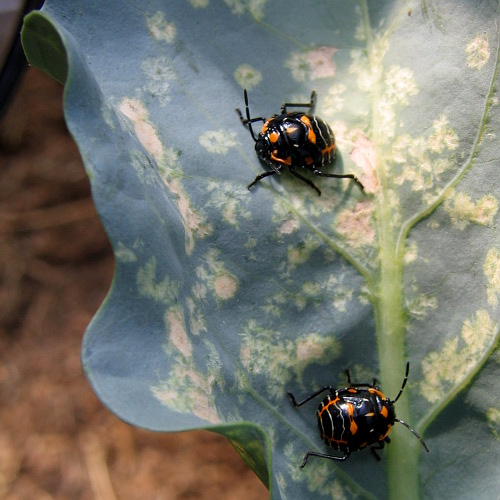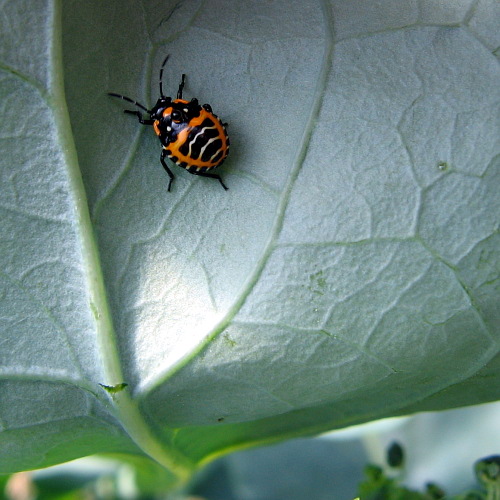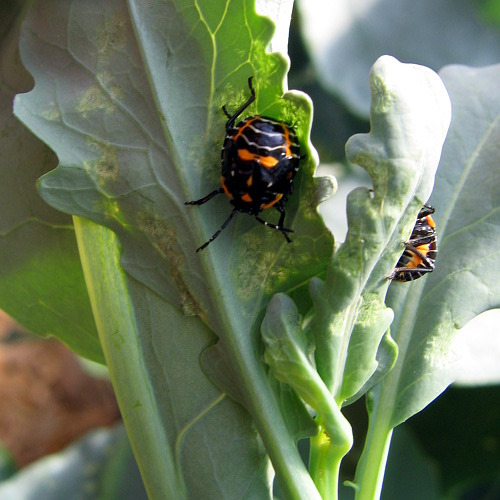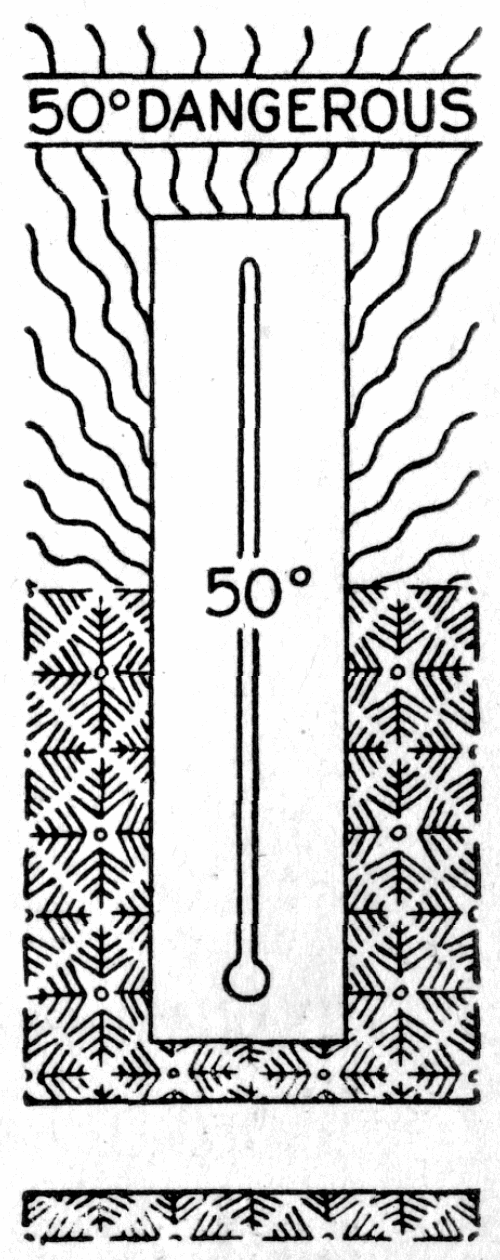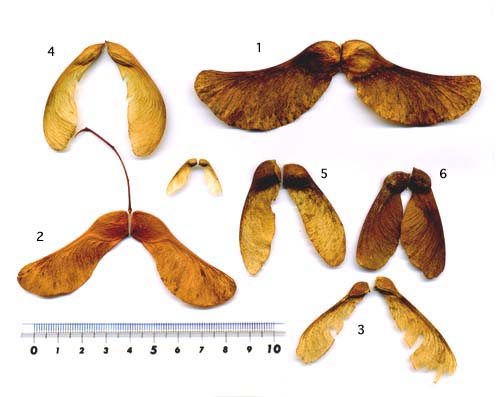Agriculture
Use Corn
When America had
the desire to prop up corn pricesa need for cheap sugar what did it do? Make sugar out of corn.When America had
the desire to prop up corn pricesa need for an alternative source for cheap liquid gasoline? Make gasoline (ethanol) out of corn (and out of pigs via piganol).Now America has a floundering real estate market and the need for cheap domestic financing to prop it up. What should she do? Make mortgages out of corn. Turn what is plentiful into what is scarce. Simple.
Corngages can be produced by converting corn into cheap financing by a special process invented by Orville Redenbanker. The best part is that it is a green friendly and renewable source of mortgages, an important point in a world where sustainability is stepping to the forefront. While there are some side effects (including but not limited to: a large amount of emissions which melt the ozone and an increased price of corn, which means an increased price of everything for which corn is an input or a substitute), they can be “offset” by employing other corn products such as cornbon-offset and corn price deflators.
Recommendation: We recommend being long corn, long real estate and long any problem which can be solved by corn, which as far as we can determine is EVERY problem.
Global Food Prices Up Sharply; 37 Countries Face Food Crises
The soaring cost of food is threatening millions of people in poor countries, the United Nations Food and Agriculture Organisation (FAO) has warned.
Food prices have risen an unprecedented 40% in the last year and many nations may be unable to cope, the agency says.
It is calling for help for farmers in poor countries to buy seeds and fertiliser, and for a review of the impact of bio-fuels on food production.
The FAO says 37 countries face food crises due to conflict and disaster.
"Without support for poor farmers and their families in the hardest-hit countries, they will not be able to cope," said FAO Director-General Jacques Diouf.
The agency's food price index has jumped almost 40% from last year, hitting its highest level since its inception in 1990.
The increases are partly due to droughts and floods linked to climate change, as well as rising oil prices boosting demand for bio-fuels, the FAO said.
Changing diet in fast-developing nations such as China is also considered a factor, with more land needed to raise livestock to meet increasing demand for meat.
Maple Seeds
Rummaging the word "pacifier" out of the storerooms of distant memory seemed to have given Himiko back her confidence. But the yellow rubber objects resting in her open hand like enlarged, winged maple seeds looked like troublesome implements for a newborn baby to manage.
"The one with the blue stuff inside is for teething, that's for older infants. But this squooshy one should be just what the doctor ordered." As she spoke, Himiko placed the pacifier in the screaming baby's pink mouth.
Why did you have to buy one for teething? Bird started to ask. Then he saw that the baby wasn't even responding to the pacifier intended for infants. The only indication it was aware of the gadget inserted in its mouth was a slight working of its face, as if the baby was trying to expel the pacifier with its tongue.
"It doesn't seem to work; I guess he's too young," Himiko said miserably after experimenting for a minute. Her confidence again was gone.
Bird withheld criticism.
-- Kenzaburo Oë, A Personal Matter, tr. John Nathan (New York: Grove Weidenfeld, 1969), 153.

